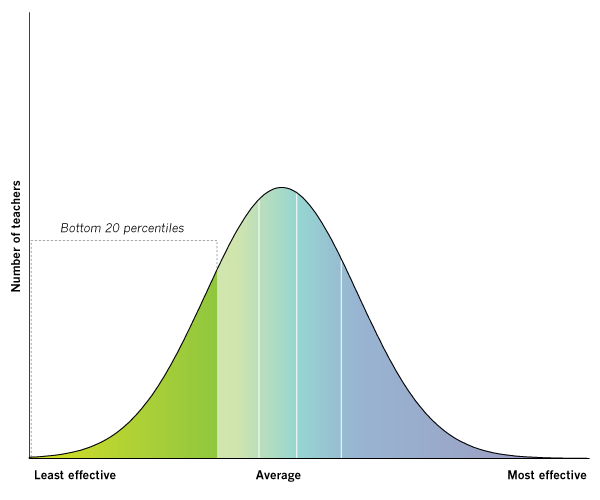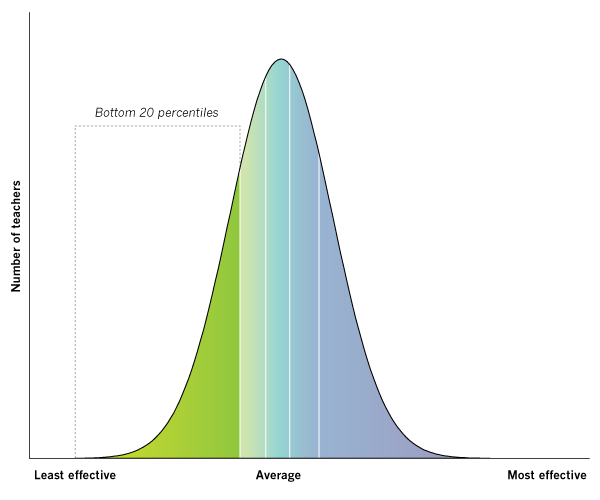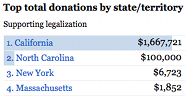Olivia Diane Gillick
A 2nd grade teacher at Telfair Avenue Elementary in 2009
These graphs show a teacher's "value-added" rating based on his or her students' progress on the California Standards Tests in math and English. The Times’ analysis used all valid student scores available for this teacher from the 2002-03 through 2008-09 academic years. The value-added scores reflect a teacher's effectiveness at raising standardized test scores and, as such, capture only one aspect of a teacher's work.
Compared with other Los Angeles Unified teachers on the value-added measure of test score improvement, Gillick ranked:
- Least effective overall.
- Least effective in math. Students of teachers in this category, on average, lost about 10 percentile points on the California Standards Test compared with other students at their grade level.
- Least effective in English. Students of teachers in this category, on average, lost about 7 percentile points on the California Standards Test compared with other students at their grade level.
Gillick's LAUSD teaching history
2002-03 through 2008-09 academic years
- Telfair Avenue Elementary, 2009 - 2003
Olivia Gillick's Response:

I take teaching very seriously, and, like my colleagues, work very hard to do my best for my students and improve their achievement levels. As you can imagine, I was dismayed and disheartened to see that your value-added model placed me in the category of least effective teachers. My students' May 2010 results, which I first saw today, were more encouraging to me. I noted that my students' mean math score was within 2% of the LAUSD's mean math score. This is an indication that I am significantly closer to the 50th percentile, and it represents improvement on my part. Rest assured that I will continue to work hard on improving.
The use of a value-added model is in the process of development. This model is unproven and controversial, and it can provide inconsistent and greatly fluctuating results for the same teacher. Is it likely that one individual is a good teacher one year and a poor teacher the next? Or is it more likely that other variables need to be sorted out and accounted for in the model? To print results in the LA Times is premature and imprudent since you don't really know whether a teacher's failure to meet the projection is the result of poor projecting or poor teaching.
![]() The Times gave LAUSD elementary school teachers rated in this database the opportunity to preview their value-added evaluations and publicly respond. Some issues raised by teachers may be addressed in the FAQ. Teachers who have not commented may do so by contacting The Times.
The Times gave LAUSD elementary school teachers rated in this database the opportunity to preview their value-added evaluations and publicly respond. Some issues raised by teachers may be addressed in the FAQ. Teachers who have not commented may do so by contacting The Times.
|
|
 Delicious
Delicious
|
 Digg
Digg
|
 Facebook
Facebook
|
 Twitter
Twitter
|









